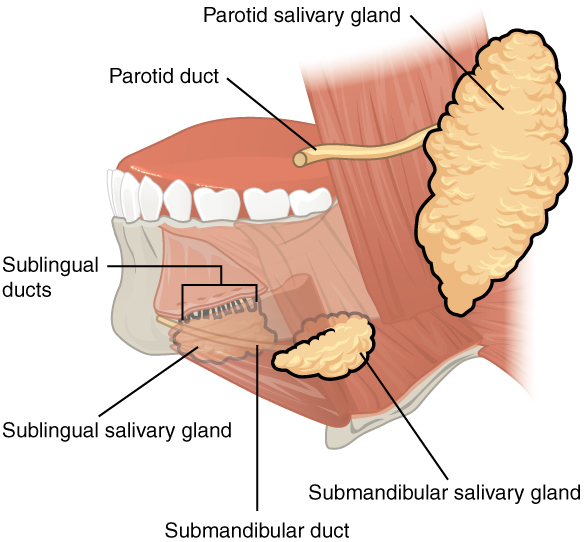Saliva Glands Floor Of Mouth Feel Rough

Good saliva production is essential for eating well and to prevent most dental problems but when the roof of your mouth is dry your salivary glands aren t producing enough.
Saliva glands floor of mouth feel rough. It is the serous type of gland which secretes alpha amylase also known as ptyalin. You have three pairs of large major salivary glands. Saliva drains into the mouth through small tubes called ducts. The salivary glands make saliva and release it into the mouth.
Minor salivary glands found in various locations around the mouth including the inner cheeks and throat. The two parotid glands are major salivary glands wrapped around the mandibular ramus in humans. Fewer bacteria and food particles are washed away when saliva doesn t freely travel throughout your mouth. Sores might form at the corners of your mouth.
Your salivary glands do a lot more than just make your mouth water at the sight of your favorite snack. These hard working glands found in the lower arch and sides of your mouth produce saliva to keep your mouth clean and aid in the breakdown and digestion of food. Lack of saliva makes the skin in and around your mouth dry and tight. Your lips may become cracked.
There are three pairs of relatively large major salivary glands. When there is a problem with the salivary. There are also several hundred minor salivary glands throughout the mouth and throat. These are largest of the salivary glands secreting saliva to facilitate mastication and swallowing and amylase to begin the digestion of starches.
The dry mouth feeling. Located in the upper part of each cheek close to the ear. How dry mouth affects you. The gums tongue teeth and the back and floor of the mouth may all feel dehydrated as a result.
It enters the oral cavity via the parotid duct. Chewing and swallowing food increases the flow of saliva simply looking at and thinking about appetising food can also cause an increased saliva flow. A steady flow of saliva keeps the mouth moist at all times. There are 3 sets of major salivary glands on each side of the face.
The 2 main types of salivary glands are the major salivary glands and minor salivary glands. The duct of each parotid gland empties onto the inside of the cheek near the molars of the upper jaw. This may lead to infection. It also contains antibodies and other substances that help prevent infections of the mouth and throat.
Your tongue may feel rough.



















